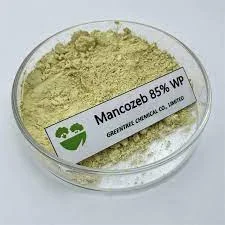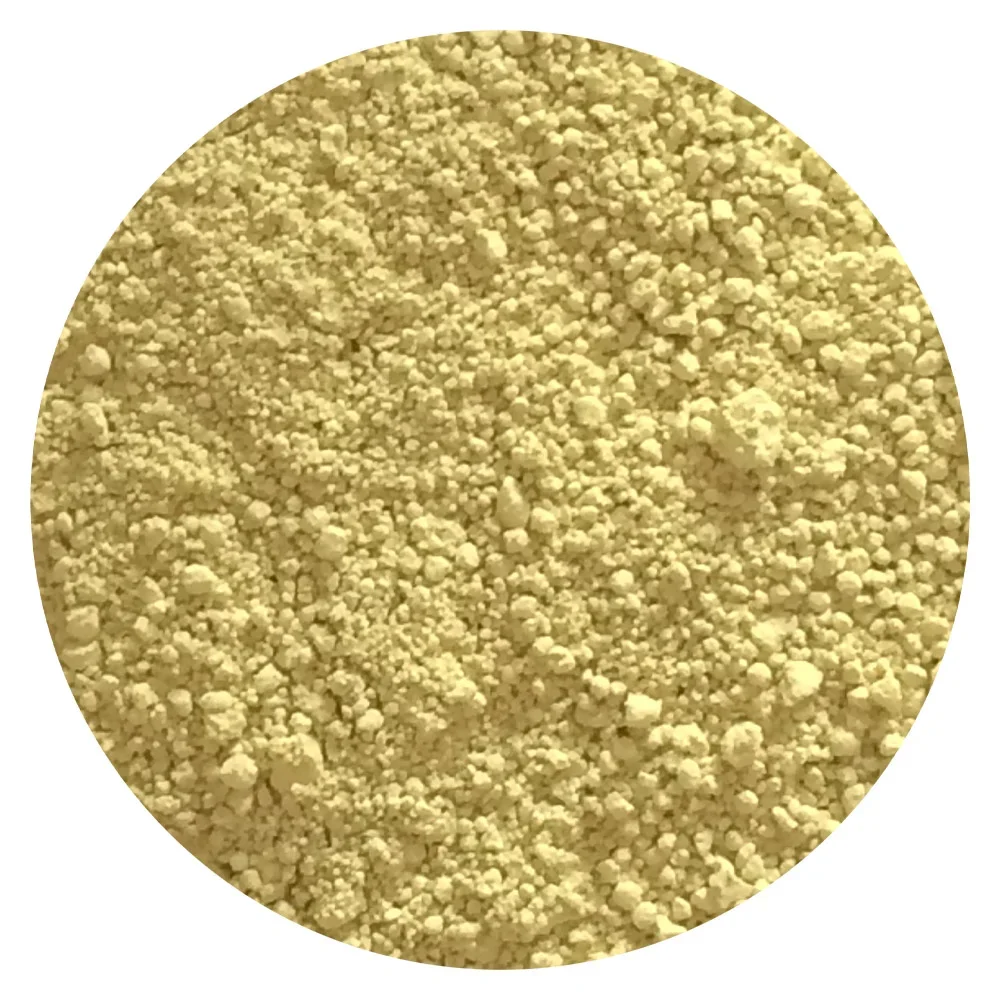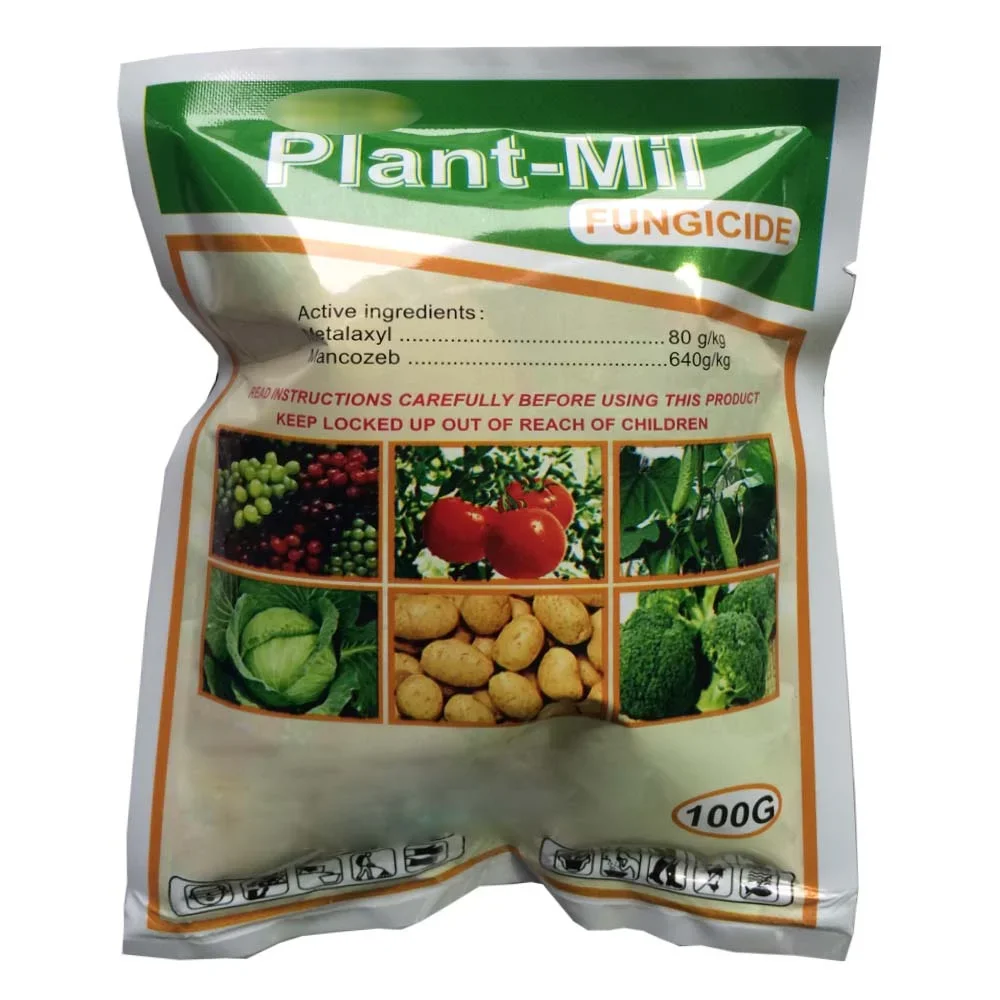In the world of agriculture and horticulture, fungal infections pose a significant threat to crop health and productivity. To combat these destructive pathogens, farmers and growers turn to fungicides. Among the wide array of fungicides available, Mancozeb has emerged as a reliable solution. In this blog, we will explore the characteristics, applications, and benefits of Mancozeb as an effective fungicide, helping farmers protect their crops and optimize yields.
I. Understanding Fungicides Mancozeb
Mancozeb is a broad-spectrum fungicide that belongs to the dithiocarbamate group. It is a combination of two active ingredients, Maneb and Zineb, which work synergistically to control a wide range of fungal diseases.
A. Mode of Action:
Protective Action: Mancozeb acts as a protective fungicide, forming a protective barrier on the plant surface. This barrier prevents fungal spores from germinating and penetrating the plant tissues, effectively blocking the initial stages of infection.
Multi-Site Activity: Mancozeb exhibits multi-site activity, meaning it targets various stages of the fungal lifecycle. This characteristic makes it difficult for fungi to develop resistance to Mancozeb, ensuring its long-term effectiveness.
B. Compatibility:
Mancozeb is compatible with a wide range of crops, including fruits, vegetables, cereals, oilseeds, and ornamental plants. It can be used on both field crops and greenhouse-grown plants, making it a versatile fungicide for different agricultural practices.

II. Applications of Fungicides Mancozeb
Mancozeb finds application in diverse agricultural settings, providing effective control against numerous fungal diseases. Let's explore its applications across various crops and agricultural practices:
A. Field Crops:
Cereal Crops: Mancozeb is commonly used in cereal crops such as wheat, barley, and oats to combat diseases like powdery mildew, rust, and leaf spot.
Oilseeds: In oilseed crops like soybeans and sunflowers, Mancozeb helps control diseases like downy mildew, white mold, and Alternaria leaf spot.
B. Fruits and Vegetables:
Apples and Pears: Mancozeb is widely used in apple and pear orchards to manage diseases like apple scab, pear scab, and powdery mildew.
Tomatoes and Peppers: In tomato and pepper crops, Mancozeb provides effective control against diseases such as early blight, late blight, and Septoria leaf spot.
C. Greenhouse and Nursery Plants:
Flowers and Ornamentals: Mancozeb is a popular choice for controlling diseases in greenhouse-grown flowers and ornamental plants, including roses, chrysanthemums, and gerberas.
Nursery Crops: In nurseries, Mancozeb helps prevent and manage diseases like leaf spot, downy mildew, and root rot in various nursery crops.
III. Benefits of Fungicides Mancozeb
Mancozeb offers several advantages that make it a reliable fungicide solution for farmers and growers. Let's explore some of these key benefits:
A. Broad-Spectrum Control:
Mancozeb demonstrates efficacy against a wide range of fungal diseases, making it an ideal choice for integrated disease management strategies. Its broad-spectrum control provides comprehensive protection for crops, minimizing the risk of yield loss due to fungal infections.
B. Preventive and Curative Action:
Due to its protective mode of action, Mancozeb acts as both a preventive and curative fungicide. When applied before infection, it forms a protective barrier, preventing diseases from establishing. If applied after infection, it inhibits further disease development, allowing plants to recover and continue to thrive.
C. Resistance Management:
The multi-site activity of Mancozeb makes it an effective tool for managing fungicide resistance. By targeting multiple sites in the fungal lifecycle, it reduces the risk of resistance development compared to single-site fungicides. This characteristic ensures the long-term efficacy of Mancozeb in disease management programs.
D. Cost-Effectiveness:
Mancozeb is known for its cost-effectiveness, providing effective disease control at a relatively low cost per hectare. Its wide compatibility and versatility across various crops make it a cost-efficient choice for farmers, optimizing their investments in crop protection.

IV. Proper Application and Safety Considerations
To maximize the benefits of Mancozeb and ensure safety during its application, farmers and growers should follow recommended practices:
A. Application Timing:
It is crucial to apply Mancozeb at the appropriate stage of crop growth and disease development. Following the manufacturer's instructions and considering local disease risk factors will help optimize its effectiveness.
B. Mixing and Application:
Proper mixing and application techniques are essential to ensure uniform coverage and optimal efficacy. Farmers should carefully follow the recommended dilution rates and thoroughly mix Mancozeb withwater or other approved carriers. Using calibrated equipment and applying the fungicide evenly across the crop will help achieve consistent results.
C. Safety Precautions:
Protective Clothing: When handling and applying Mancozeb, it is important to wear appropriate protective clothing, including gloves, goggles, and a mask. This protects against any potential skin, eye, or respiratory irritation.
Pre-Harvest Interval (PHI): Adhere to the specified PHI, which is the minimum waiting period between the last application of Mancozeb and the harvest of the crop. This ensures that any residues have degraded to safe levels.
Environmental Considerations: To minimize the impact on the environment, avoid excessive spray drift and prevent runoff into water sources. Follow local regulations and guidelines for safe and responsible pesticide use.

V. Conclusion
Mancozeb stands as a reliable fungicide solution for farmers and growers, offering broad-spectrum control against a wide range of fungal diseases. Its protective and multi-site mode of action, compatibility with various crops, and cost-effectiveness make it a valuable tool in disease management programs. By applying Mancozeb correctly and following safety precautions, farmers can protect their crops, optimize yields, and contribute to sustainable agriculture practices.

